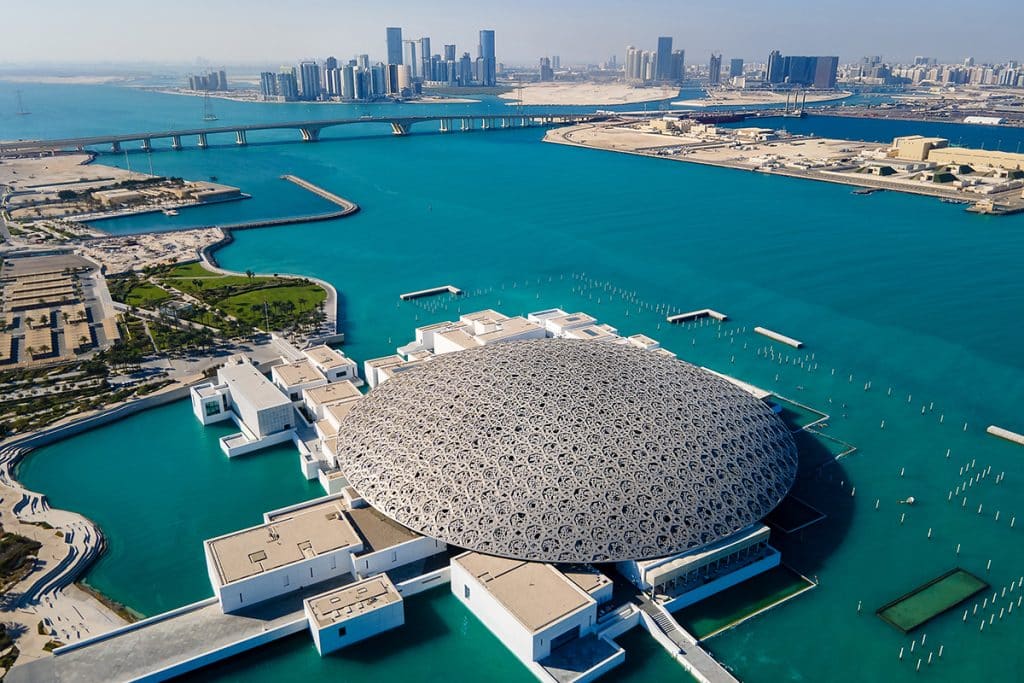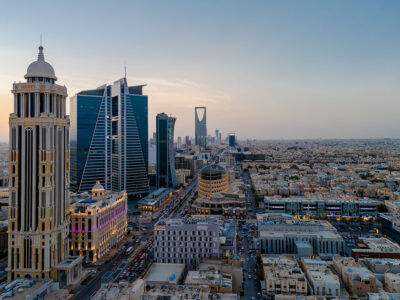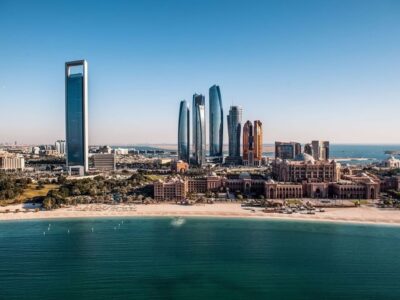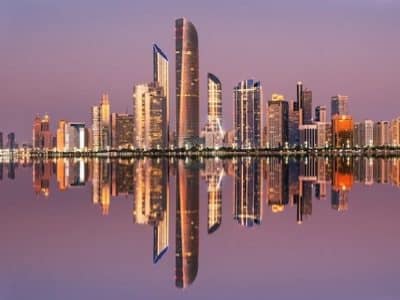The Abu Dhabi tourism sector recorded robust growth in the first half of 2025, welcoming more than 4m visitors to its cultural and heritage sites — a 47 per cent increase compared to the same period in 2024.
The Department of Culture and Tourism – Abu Dhabi (DCT Abu Dhabi) said the strong performance reflects the successful execution of the emirate’s Tourism Strategy 2030, which aims to position Abu Dhabi as a global destination for culture, creativity, and authentic Emirati hospitality.
Flagship institutions continued to perform strongly. Louvre Abu Dhabi welcomed 784,606 visitors, while the Cultural Foundation recorded a 49 per cent increase to 620,709 visitors.
Abu Dhabi tourism
Qasr Al Hosn attracted 467,398 visitors, up 14 per cent, and Manarat Al Saadiyat saw an exceptional 139 per cent surge to 207,684 visitors.
The House of Artisans hosted 234,142 visitors, reflecting steady growth in interest in traditional Emirati crafts and heritage.
Newly opened attractions in 2025 further bolstered Abu Dhabi’s cultural momentum.
The teamLab Phenomena Abu Dhabi drew 145,912 visitors, while Al Maqtaa Museum welcomed 30,974, underlining the emirate’s expanding cultural landscape.
Saood Abdulaziz Al Hosani, Undersecretary of DCT Abu Dhabi, said: “Our exceptional first-half performance is a powerful testament to DCT Abu Dhabi’s strategic vision and the effective execution of Tourism Strategy 2030.
“These results are a direct reflection of our deliberate investments in cultural infrastructure, the diversification of our world-class offerings, and our targeted efforts to attract visitors from global markets.
“This momentum strategically positions us to accelerate toward our ambitious 2030 targets, solidifying Abu Dhabi’s reputation as a must-visit destination where culture and Emirati hospitality are at its core—offering authenticity, innovation, and immersive experiences.”

Abu Dhabi hotels
The emirate’s broader tourism and hospitality sector also recorded strong gains. Hotels in Abu Dhabi welcomed 2.9m guests between January and June 2025, a 2 per cent increase compared to 2024.
Hotel revenues rose 20 per cent year-on-year, while revenue per available room (RevPAR) climbed to AED446 ($121), marking a 24 per cent increase.
Hotel occupancy remained steady at 80 per cent, and the average length of stay rose to 3.2 nights, underscoring the growing appeal of Abu Dhabi’s visitor experiences.
During Eid al-Adha 2025, hotels maintained 80 per cent occupancy, up 6 per cent year-on-year, with RevPAR up 21 per cent and average daily rate increasing by 14 per cent.
Key source markets such as India (up 29 per cent) and the United Kingdom (up 17 per cent) showed particularly strong growth, driven by targeted promotions and marketing initiatives.
Exploring beyond the capital
Abu Dhabi’s tourism momentum extended beyond the capital city.
In the Al Ain Region, hotel guests rose 12 per cent, with RevPAR up 7 per cent. Cultural sites also flourished — Al Ain Oasis welcomed 401,718 visitors (up 40 per cent), Qasr Al Muwaiji attracted 168,042 visitors (nearly 50 per cent growth), and Al Qattara Arts Centre recorded a 42 per cent increase to 163,542 visitors.
The Al Dhafra Region reported a 21 per cent increase in RevPAR and a 28 per cent rise in average length of stay, supported by continued investment in local experiences and accommodation.
Tourism Strategy 2030
According to DCT Abu Dhabi, the strong half-year performance represents a major step toward achieving the emirate’s Tourism Strategy 2030 goals, which include attracting 39.3 million visitors annually, creating 178,000 new tourism jobs, expanding hotel capacity to 50,000 rooms, and contributing AED 90bn ($24.5bn) to Abu Dhabi’s GDP by the end of the decade.
The department said the results reflect Abu Dhabi’s commitment to a diverse, sustainable, and culturally rich tourism model that blends innovation with heritage and supports the emirate’s long-term economic vision.








